The use of algae in our lives is quintessential. Not only do they promote better ecosystem balance, but they are also used in several daily usage products too. However, the uncontrolled growth of algae in aquariums is not ideal.
Besides destroying the aquarium’s look, algae also hamper the tank ecosystem. They can cause an imbalance in the tank nutrition and make the water dirty and cloudy. But thankfully, a few crucial aquatic creatures can help with the clean-up process.
Algae eaters are abundantly found in nature. From fishes to snails and shrimps, the choices are pretty diverse. If you are a beginner at maintaining a home aquarium, we have just the right tips for you.
This article will explore the different algae eaters for 10-gallon tanks in detail.
Table of Contents
5 Best Algae Eater Fishes for 10 Gallon Tank (Our Picks)
When you think of an aquarium, fish species are common. They co-exist well, and they can be a part of the clean-up crew. Technically, the choices are pretty diverse, especially for the small omnivorous fish species in the tank.
Following are the top 5 algae-eating fishes:
1. Otocinclus Catfish
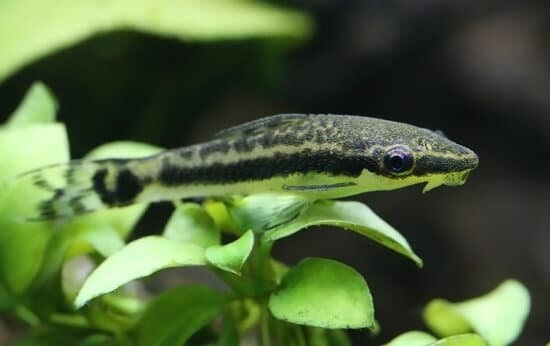
| Appearance | Small, slender body with black patches |
| Lifespan | 3-5 years |
| Water temperature | 72-82°F (22-28°C) |
| Size | 1-2 inches |
| Diet | Omnivores |
Don’t get deterred by the name. Otocinclus Catfish is a very potent and adaptable algae eater. They are comparably smaller in size, making them perfect for 10-gallon tanks.
This species feeds on soft green algae and brown algae. Despite their small size, they live in harmony with most other species, even the aggressive ones.
However, their size poses a limitation on the clean-up process. They can eat away the lighter and softer algae variants. So, if your tank has hair or black beard algae, which are tougher, this isn’t the fish for you.
The downside to this fish is the feeding program. If you are adding Otos just for cleaning, then it’s fine. However, if you want to keep them long-term, you’d have to establish a feeding routine. They rarely feed on external foods.
2. Guppies
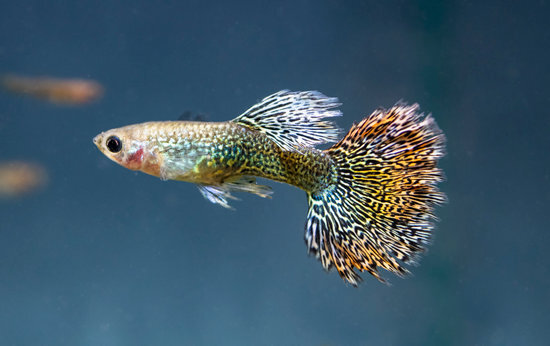
| Appearance | Grey slender body with splashes, and spots |
| Lifespan | Up to 2 years |
| Water temperature | 74 and 82 F (23 to 28 C) |
| Size | 3-6 cm |
| Diet | Omnivores |
Don’t be surprised, even guppies are amazing cleaners. Besides being voracious algae eaters, guppies make amazing tank mates too. Their flared fins with bright colors make them stand out in the tank.
The guppies are perfect for getting rid of tougher algae, like hair algae. They can finish and clean out the space quicker than you think. That said, it comes with a few downsides too.
Guppies, as good they are with cleaning algae, breed at an exponential rate. So, if you don’t want your 10-gallon tank to get overrun by algae, put male guppies in the tank.
They do make amazing additions to the tank, so you wouldn’t regret having them around. Also, they are beginner-friendly, which makes them easier to care for.
3. American Flagfish
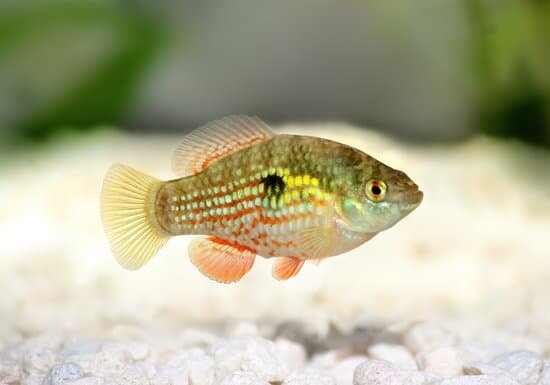
| Appearance | Iridescent body with truncated snout and rounded fins |
| Lifespan | 2-3 years |
| Water temperature | 15-22 deg C (59-72 deg F) |
| Size | Up to 2.5 inches |
| Diet | Omnivores |
If you are one of those aquarists that enjoy unique species, American flagfish is ideal. Besides their stunning appearance, they do their job well.
However, we’d recommend that you don’t use it just for algae clean-up. They also make good additions to the tank. So, purchase them with the intent to house them for more extended periods.
Like guppies, they are a fish species that eat hair algae. They will also gobble down the tougher algae-like black beard algae. Also, they are schooling fish and don’t like to stay alone. So, when introducing them to your tank, add a minimum of three.
When it comes to complications, there’s not much you’d have to worry about. Just ensure you follow their regular feeding schedules too. They can’t stay alive on just algae.
4. Honey Gourami
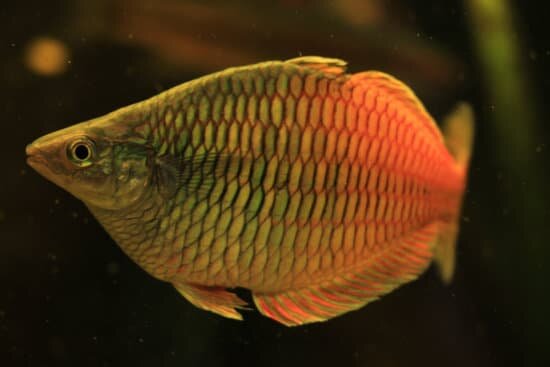
| Appearance | Bright orange, iridescent body |
| Lifespan | 5-8 years |
| Water temperature | 71-82 °F |
| Size | Up to 2 inches |
| Diet | Omnivores |
Gouramis are a treat to watch in an aquarium. The bright orange body with the iridescent shine makes them stand out amidst other tank mates. When talking about 10-gallon tanks, there’s nothing better than honey gourami.
They are not just algae eaters butalso make an excellent centerpiece to your tank. Since they aren’t active swimmers, you will find them around the algae-prone area in the tank. They are beginner-friendly as well.
So, if you want a fish that will clean up the tank, remain peaceful and add beauty to your tank, this is it. However, make sure you buy them from registered sellers. Also, quarantine your gourami before introducing them to the tank since they are prone to gourami disease.
5. Platies
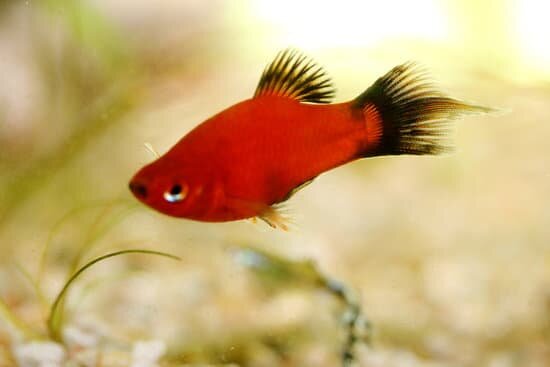
| Appearance | Small, laterally flattened |
| Lifespan | 3-4 years |
| Water temperature | 70-82°F |
| Size | Up to 3 inches |
| Diet | Omnivores |
Another common type of fish species you can add for cleaning algae are platies. They mimic appearance and behavior but are relatively smaller in size. So, they make ideal additions for smaller 10-gallon tanks.
They are pretty active in the tank and like to scurry through the tank to eat out the algae. When it comes to the type of algae, they will pretty much eat every type of soft algae. You won’t have a hard time getting them accustomed to the tank too.
Platies are incredibly hardy, too, so you won’t have to spend most of your day taking care of them. Their diet is standard and will keep their fill with algae, which is a bonus. You can also keep them in any water conditions, and they will adapt quickly
Also Read: Best Algae Eaters For Betta Tank (for different gallon tanks)
5 Snails That Eat Algae
Following the fish species, let us move on to the snails next. Typically, snails have a different care guide than fish, but they make good additions to your aquarium. Here are the best ones to add.
1. Mystery Snail
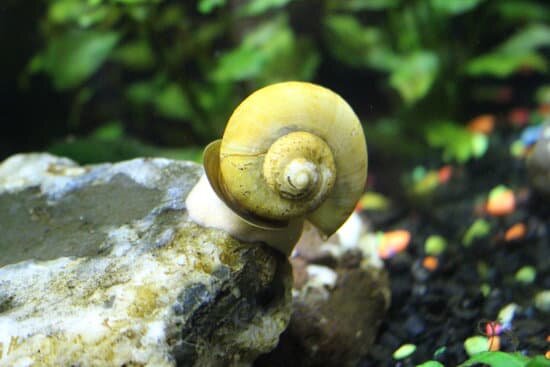
| Appearance | Iridescent marked bodies |
| Lifespan | Up to 1 year |
| Water temperature | 68°F to 84°F |
| Size | Up to 2 inches in diameter |
| Diet | Herbivore |
If we had to suggest the best-looking and most functional snail for your fish tank, nothing beats a mystery snail. Besides their appearance, they are equally hardworking fish, which reflects on the tank.
They will scour through the tank to look for the unwanted algae and eat them away. Besides algae, they also look for food waste in the tank and clean them up, which is convenient.
Also, if you have dead and decaying plants in your aquarium, mystery snails will get rid of those too. Once your tank is clean enough, you can start them on external feeding. They don’t have a stringent diet and will eat just about anything. So, switch to algae wafers for optimal results.
2. Nerite Snail
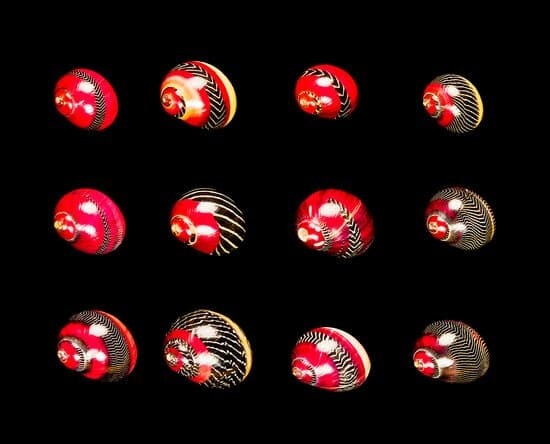
| Appearance | Available in multiple colors with stripes |
| Lifespan | Up to 1 year |
| Water temperature | 72 – 78 degrees Fahrenheit |
| Size | Up to 1 inch |
| Diet | Herbivore |
While talking about snails for making part of the clean-up crew, we had to add Nerite snail to the list as well.
They are easy to care for and are perfect algae eaters. Except for black beard algae, they will more or less gobble down any other form. They also don’t do well with blue-green algae. However, the common types of algae are their best friend.
If you are having a hard time controlling the algae growth in the tank, add a few nerite snails and look for changes. Sometimes, just adding them for a few days is enough to clean up the tank.
However, the good side of the coin comes with a wrong side. Nerite snails lay their egg everywhere. They won’t technically hatch, but they dirty the tank very quickly. So, you’d have to clean your tank now and then manually.
Also, nerite snails are not the most adaptable. If they don’t like their leave conditions, they will leave the tank. So, being mindful of that is essential.
3. Bladder Snails
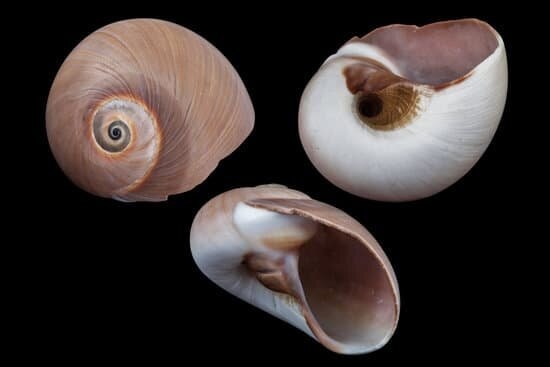
| Appearance | Transparent shell with yellow spots |
| Lifespan | Up to 2 years |
| Water temperature | 65- and 78-degrees Fahrenheit |
| Size | Up to ½ inch |
| Diet | Omnivores |
Compared to fish and shrimps, there are not many snail species that eat algae. However, Bladder snails were a must include. They are very similar to pond snails, with identical functions for cleaning algae.
They do breed quite fast, but they are excellent for algae clean-up. They are highly hardy, too, so you can throw a bladder snail in any water condition, and they will survive.
Besides the algae, they feed on dead and living plants in the tank. So, keep an eye on them and ensure they aren’t eating your plants in the tank.
4. Ramshorn Snails
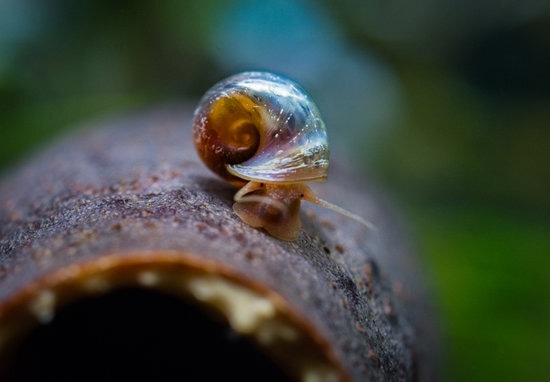
| Appearance | Available in multiple colors |
| Lifespan | Up to 1 year |
| Water temperature | 75–81 °F |
| Size | Up to 4 cm |
| Diet | Omnivores |
Another popular and high-quality snail that you can add as part of the clean-up crew is the Ramshorn snail. They are available in different colors and are pest snails.
Despite being good at cleaning up the tank, they aren’t the hardiest snail species. So, everything has to be optimal when it comes to water parameters and living conditions. They can break down and eat tougher algae-like black beard ones.
Also, if you have browns in your aquarium, avoid adding Ramshorn snails then. They breed very quickly and can lead to complications for the other tank mates.
5. Malaysian Trumpet Snails
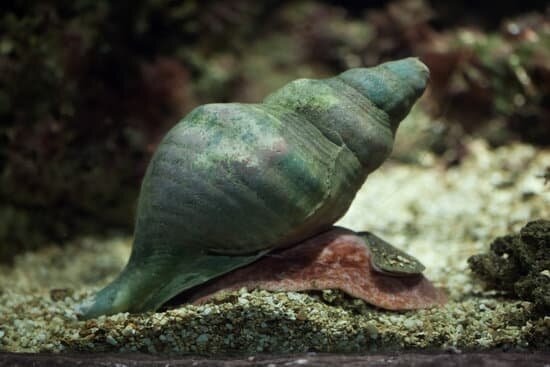
| Appearance | Ice-cream coned shape |
| Lifespan | Up to 1 year |
| Water temperature | 21-27 degrees celsius |
| Size | Up to 1 inch |
| Diet | Omnivores |
The last on the list are the Malaysian Trumpet Snails, which are another type of pest snail. Besides their ability to clean up a tank, they also work amazingly, living longer. They are hardy and adaptable, reducing the burden on you.
They are perfect for cleaning soft algae in your tank. Also, they are nocturnal, which makes them ideal for the night clean-up crew.
The good thing about trumpet snails is that they don’t have particular requirements. They can pretty much adapt anywhere. So, make sure you keep up with that ideally.
5 Shrimps that Eat Algae
Last category of the clean-up crew includes the shrimps. The small, multipurpose, and versatile creatures are perfect for managing the algae levels in the tank. Let us take a look at the top choices.
1. Rudolph Shrimp
| Appearance | Transparent with bright color patches |
| Lifespan | Up to 2 years |
| Water temperature | 75° – 80° F |
| Size | 1-1.5 inches |
| Diet | Omnivores |
Starting the list off with the most potent type of shrimp, the Rudolph Shrimp. They work at an overdrive to get rid of harmful algae infestations in a short period.
The Rudolph shrimp has a transparent body with a splash of bright color that makes them stand out. They do mimic the appearance of a ghost shrimp sometimes.
Besides their quick work and effective results, they have a few downsides. One of the most significant issues with a Rudolph shrimp is the price. So, invest in them for the long run. Buying them just for cleaning algae isn’t an ideal choice.
However, they are versatile. The Rudolph shrimps quickly eat away every kind of algae growing in your tank.
2. Red Cherry Shrimp
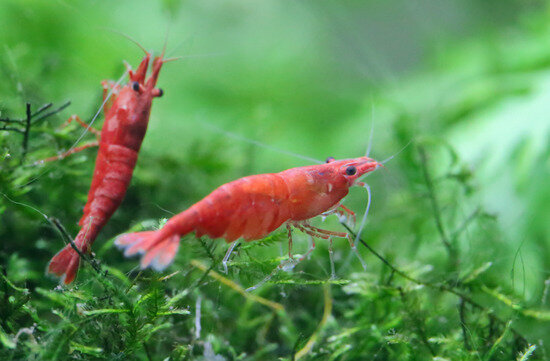
| Appearance | Bright red-orange body |
| Lifespan | Up to 1 year |
| Water temperature | 14-30 degrees C |
| Size | Up to 2 inches |
| Diet | Omnivores |
If the name isn’t a giveaway, red cherry shrimp looks exactly like it sounds. Their small size and versatile functions make them ideal for 10-gallon aquariums. They are also quite easy to care for, which is another reason behind their popularity.
They can get rid of a variety of hair algae, and soft algae from your tank. They take some time to get through all the algae growth, so you need to be patient with them.
3. Crystal Red Shrimp
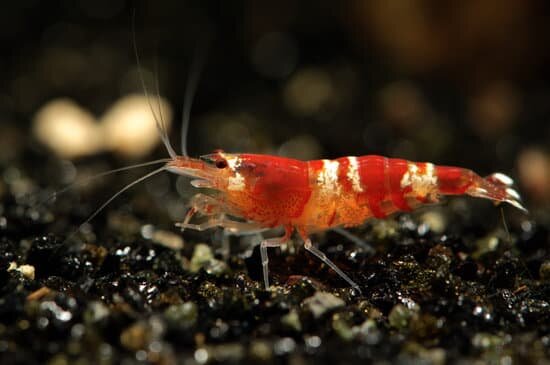
| Appearance | Red and white alternating stripes |
| Lifespan | Up to 18 months |
| Water temperature | 70°-78° F |
| Size | Up to 1.5 inches |
| Diet | Omnivores |
Following on in the next is the Crystal Red Shrimp. They have a striped, red, and white pattern throughout the body.
They are quite versatile with the algae-eating and will gobble down nearly everything. Since they are so small, it isn’t surprising that they can live in smaller 5-gallon tanks.
Despite their adaptable nature, they live best in slightly acidic water conditions. The biggest downside to getting this shrimp is the cost. They can cost between $4-$7 per shrimp.
4. Ghost Shrimp
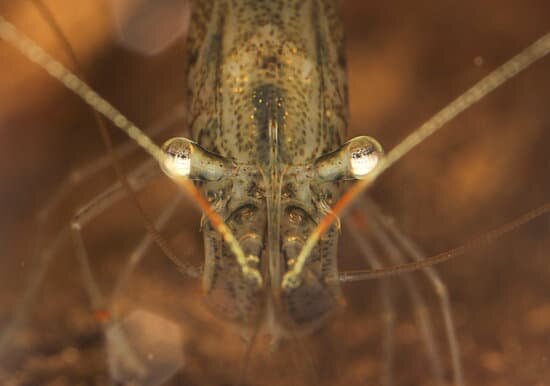
| Appearance | Transparent body |
| Lifespan | 1 year |
| Water temperature | 72 – 82 degrees Fahrenheit |
| Size | Up to 3 inches |
| Diet | Omnivores |
If the name wasn’t a giveaway, Ghost shrimps have a transparent body. They are pretty cheap and do their work well. So, if you are a beginner aquarist with a limited budget, this is your best pick.
We’d recommend getting them fresh from your local aquarist. Avoid getting them shipped to you since most will diet in the process.
As for the types of algae, they will gobble down soft green algae and the hair algae. Instead of damaging and dirtying the tank, they are pretty organized when eating algae. They will take some time to clean the algae, so pair them with other fish and snail species.
5. Amano Shrimp
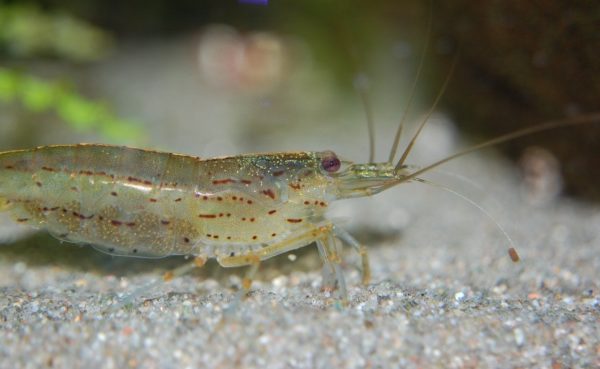
| Appearance | Grey body with black spots |
| Lifespan | 2-3 years |
| Water temperature | 64°-80° F |
| Size | Up to 1 inch |
| Diet | Omnivores |
The last on the list is Amano Shrimp. They are extremely hard working and equally hardy. So, if you want to clean up the tank quicker and without any complications, this is what you need.
Besides doing the basic clean-up, they work equally well for unique algae like hair algae. You won’t have to guide them about anything. They scope the tank and look for the algae they can feed on.
Also, since they are effortless to breed, it isn’t surprising that they are easily found in abundance. The good thing is that they don’t breed out of control in the tank. They need some ideal conditions for the same, which prevents unnecessary chaos.
FAQs
Most of the common algae-eating fish species like plecos, guppies, and catfish will eat other small feeding fish species.
Some of the best fish species that eat hair algae include mollies, platies, rosy barbs, guppies, etc.
Conclusion
Algae can damage the aquatic ecosystem of your aquarium. Not only do they dirty the appearance, but they also result in risks of altered water parameters. Adding algae-eating fish, snails and shrimps can make a lot of the difference in the long run. We hope this article gives you all the insights you are looking for. Just make sure you check the quality of the species you are adding to the tank.
No related posts.
